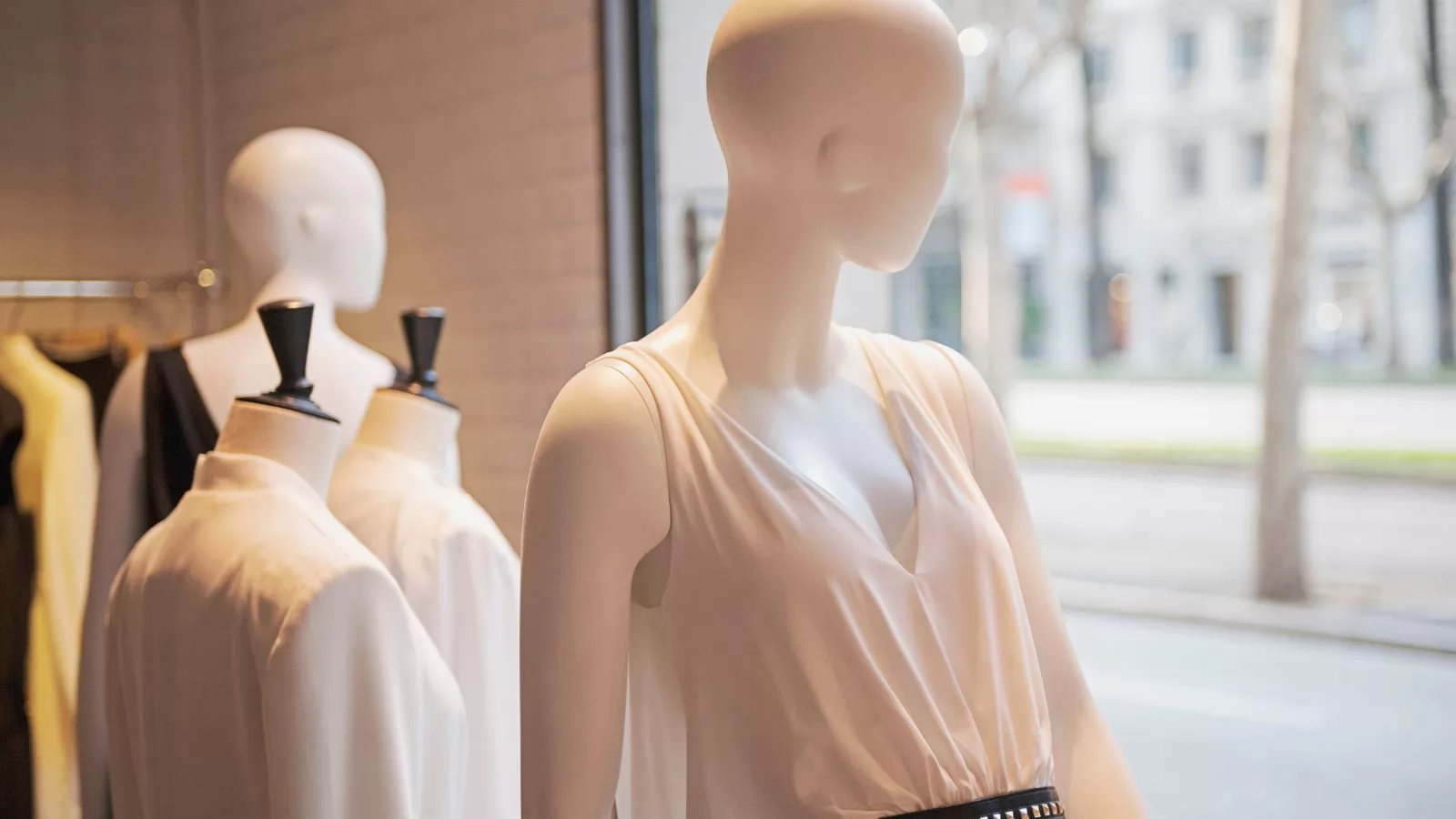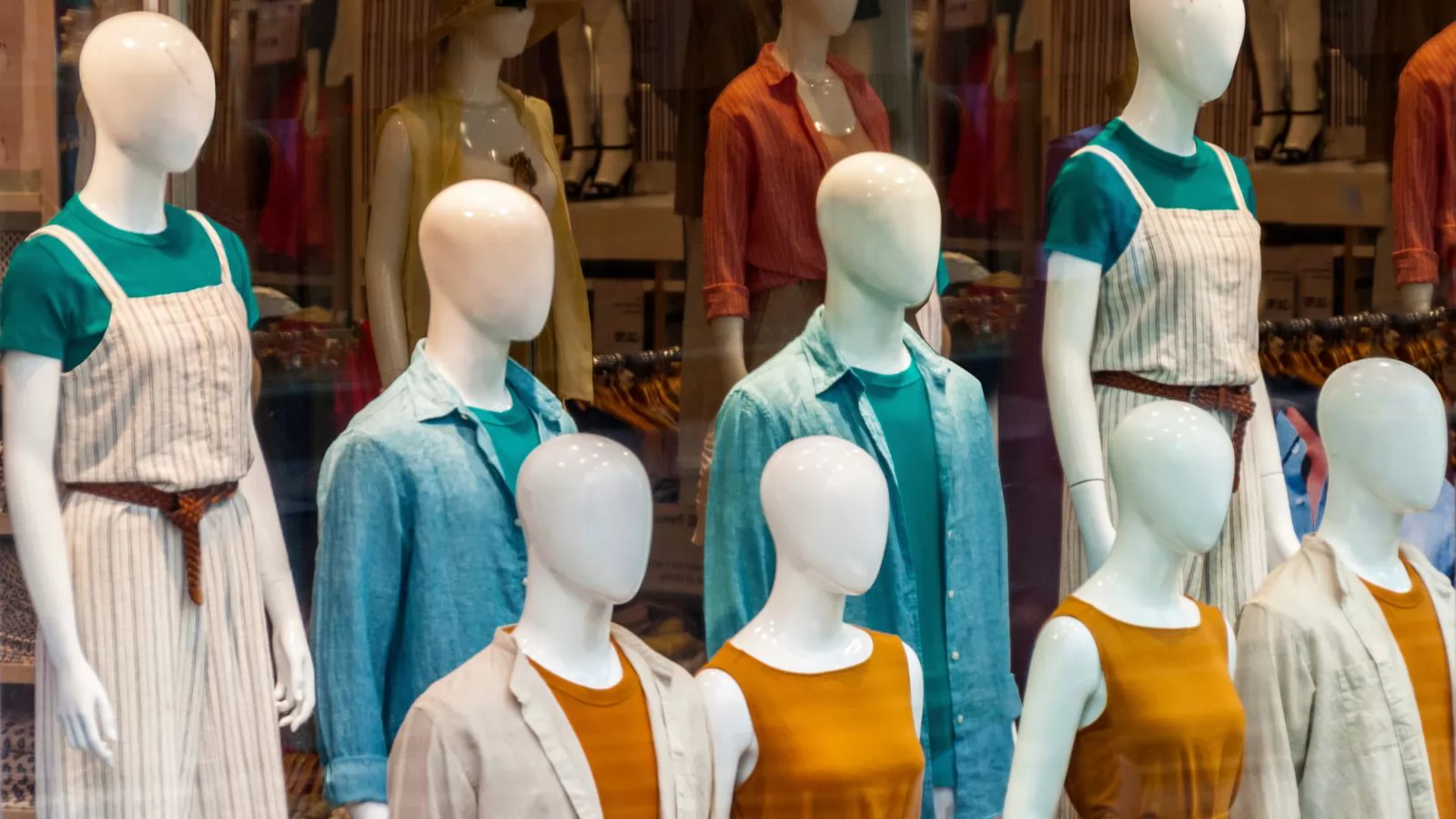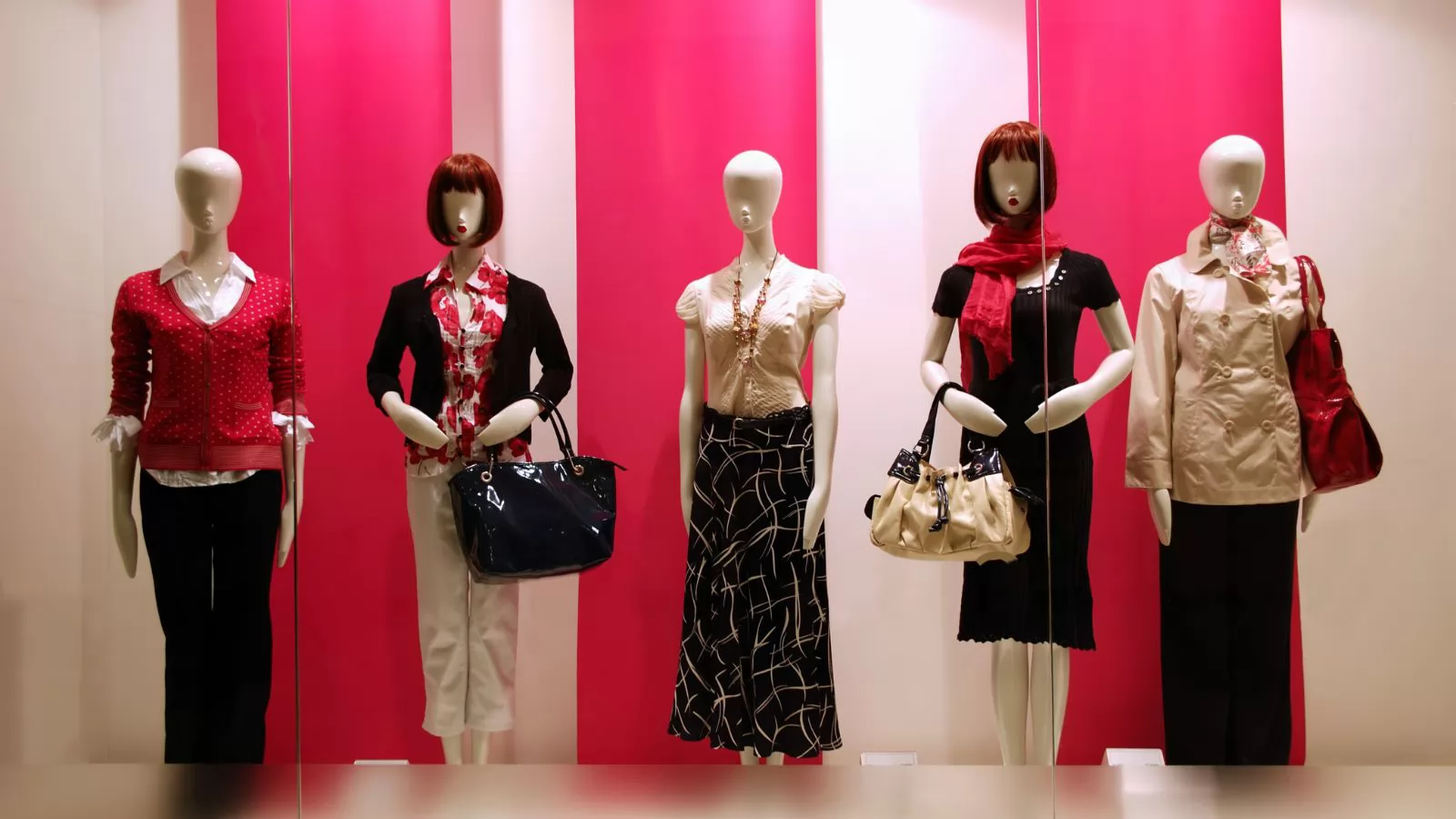

_1722491156_WNo_1600d900.webp)
Mannequins are essential tools in the fashion industry, used to display clothing and accessories in an appealing and realistic manner. They serve as silent salespeople, helping to attract customers and showcase the fit and style of garments. Mannequins come in a variety of materials, but two of the most common are plastic and fiberglass. Each material offers unique advantages and characteristics that make them suitable for different applications and environments. Let's delve into the differences between these two materials to help you make an informed choice for your specific needs. Understanding the strengths and limitations of plastic and fiberglass mannequins will enable you to select the right option that aligns with your budget, aesthetic goals, and the conditions of the display setting. Whether you prioritize cost-effectiveness, durability, or visual appeal, knowing the distinctions between plastic and fiberglass will ensure that you choose the mannequin that best enhances your display and overall brand presentation.
● Comparison Of The Two Materials
● Choosing The Right Mannequins
Comparison of the two materials
|
Plastic Mannequins |
Fiberglass Mannequins |
|
|---|---|---|
|
Material: |
Made from various types of plastic, such as polyethylene (PE) or polypropylene (PP). |
Made from a composite material of fiberglass and resin. |
|
Pros: |
Affordable: Generally, plastic mannequins are more budget-friendly. Lightweight: Easy to move and transport. Variety of colors and finishes: Available in a wide range of colors and finishes to suit different styles. Durability: Resistant to minor scratches and dents. |
Durability: Highly durable and resistant to damage. Realistic appearance: Can be molded into highly realistic forms, providing a more lifelike representation of the human body. Posability: Can be posed in a variety of positions and hold those poses for extended periods. Customizable: Can be customized to specific measurements and proportions. |
|
Cons: |
Less durable: Compared to fiberglass, plastic mannequins may be more prone to damage, especially in high-traffic areas. Limited posing: Due to their flexibility, they may not hold poses as well as fiberglass mannequins. Less realistic: Plastic mannequins often have a more artificial appearance. |
Cost: Generally more expensive than plastic mannequins. Heavy: Can be difficult to move and transport. Less variety: May have a more limited range of colors and finishes compared to plastic mannequins. |

Plastic mannequins, made from various types of plastic such as polyethylene (PE) or polypropylene (PP), are a popular choice in the retail and fashion industries due to their affordability and practicality. These mannequins are generally more budget-friendly compared to those made from other materials, making them an economical option for retailers looking to manage costs without compromising on display quality. One of the significant advantages of plastic mannequins is their lightweight nature, which makes them easy to move and transport. This feature allows for quick and effortless changes in store layout or display arrangements.
Plastic mannequins also offer a wide variety of colors and finishes, enabling retailers to select options that best suit their store's aesthetic and branding needs. This versatility helps create visually appealing displays that can attract customers. Additionally, plastic mannequins are resistant to minor scratches and dents, making them a practical choice for environments where they might experience light wear and tear.
However, plastic mannequins do have some drawbacks. Compared to fiberglass mannequins, they are less durable and more prone to damage, particularly in high-traffic areas. Their flexibility can also be a limitation, as they may not hold poses as well as their fiberglass counterparts. Furthermore, plastic mannequins often have a more artificial appearance, which can detract from the realistic presentation of clothing and accessories. Despite these cons, plastic mannequins remain a widely used and valuable tool in retail settings, offering a balance of cost-effectiveness and functionality.


In conclusion, both plastic and fiberglass mannequins have their unique advantages and disadvantages. By carefully considering your specific needs and budget, you can choose the right mannequin to enhance your product displays and create a visually appealing retail environment.
If you need a reliable hanger manufacturer, then it is recommended to contact Eisho. Eisho is a professional manufacturer and exporter of designing and manufacturing hanger products.







